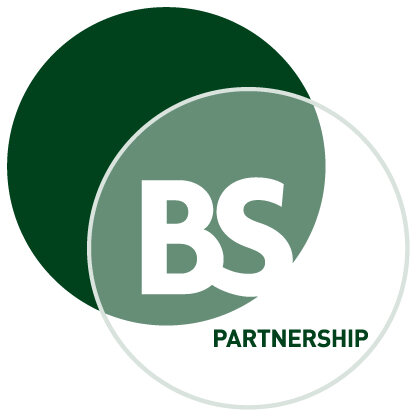Understanding the Scope of the EU General Product Safety Regulation (GPSR)
Conclusion
The EU General Product Safety Regulation goes beyond simple B2C versus B2B distinctions. Instead, it focuses on protecting consumer safety throughout the entire supply chain, regardless of the initial intended use. Businesses need to look beyond their immediate customers and consider the potential paths their products might take to reach consumers.
_____
A common misconception about the new EU General Product Safety Regulation (EU) 2023/988 is that it only applies to products sold directly to consumers. However, the regulation's scope is actually broader and more nuanced. Let's examine what the regulation really covers and how it might affect different types of business relationships.
The Basic Scope
The regulation applies to any product "placed or made available on the market" unless there are specific EU laws that already cover the safety aspects of those products. What makes this interesting is how the regulation defines a "product":
According to Article 3(1), a product is "any item...which is intended for consumers or is likely, under reasonably foreseeable conditions, to be used by consumers even if not intended for them."
This definition reveals two important points:
The regulation covers products explicitly meant for consumers
It also covers products that could potentially end up being used by consumers, even if that wasn't the original intention
Professional Products and B2B Sales
The regulation specifically addresses professional and B2B products in Article 2(9):
"Products which are designed exclusively for professional use, but which have subsequently migrated to the consumer market, should be subject to this Regulation because they could pose risks to the health and safety of consumers when used under reasonably foreseeable conditions."
This means that even if you only sell to other businesses, you need to consider whether your products might eventually reach consumers through various channels. The regulation takes a preventive approach, focusing on potential risks rather than waiting for problems to occur.
Risk-Based Assessment
The regulation uses a risk-based approach to determine how strictly it should be applied. For B2B products, consider:
How specialised is the product?
What controls exist to prevent consumer access?
What risks would exist if consumers did access the product?
How likely is it that the product could "migrate" to consumer use?
Practical Implications
For B2B companies, this means:
You can't automatically assume exemption just because you only sell to businesses
You need to assess the likelihood of your products reaching consumers
Safety measures should be proportional to both the risks and the likelihood of consumer access
Clear documentation of your safety assessments is essential
The regulation recognises that different products pose different risks and requires appropriate safety measures based on those risks. For highly specialised products with strict professional controls, the requirements might be less extensive than for products that could more easily reach consumers.
